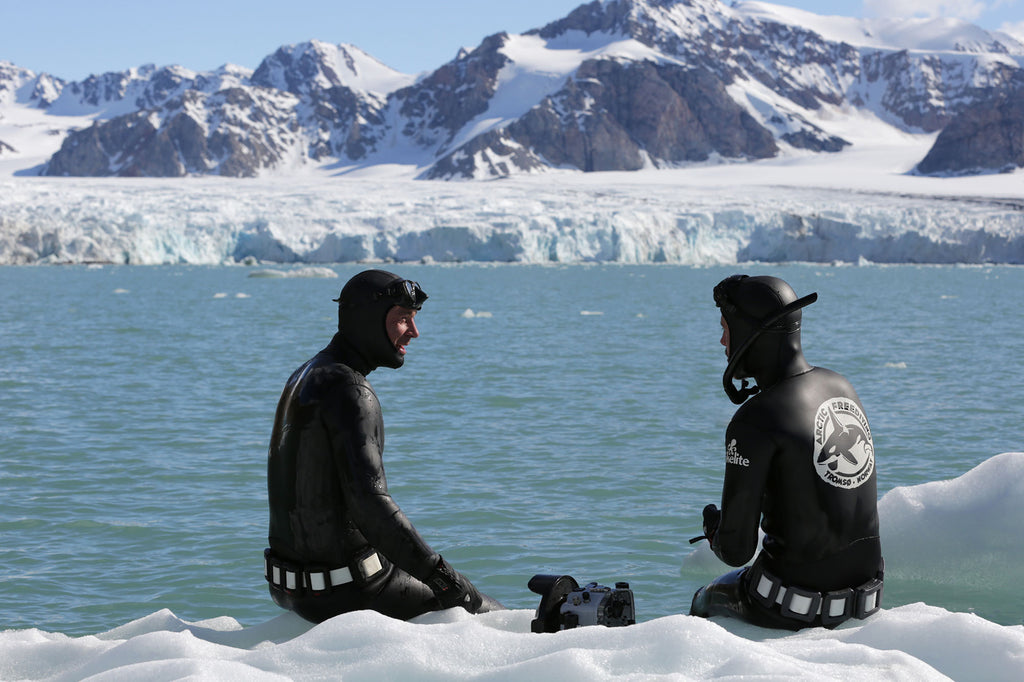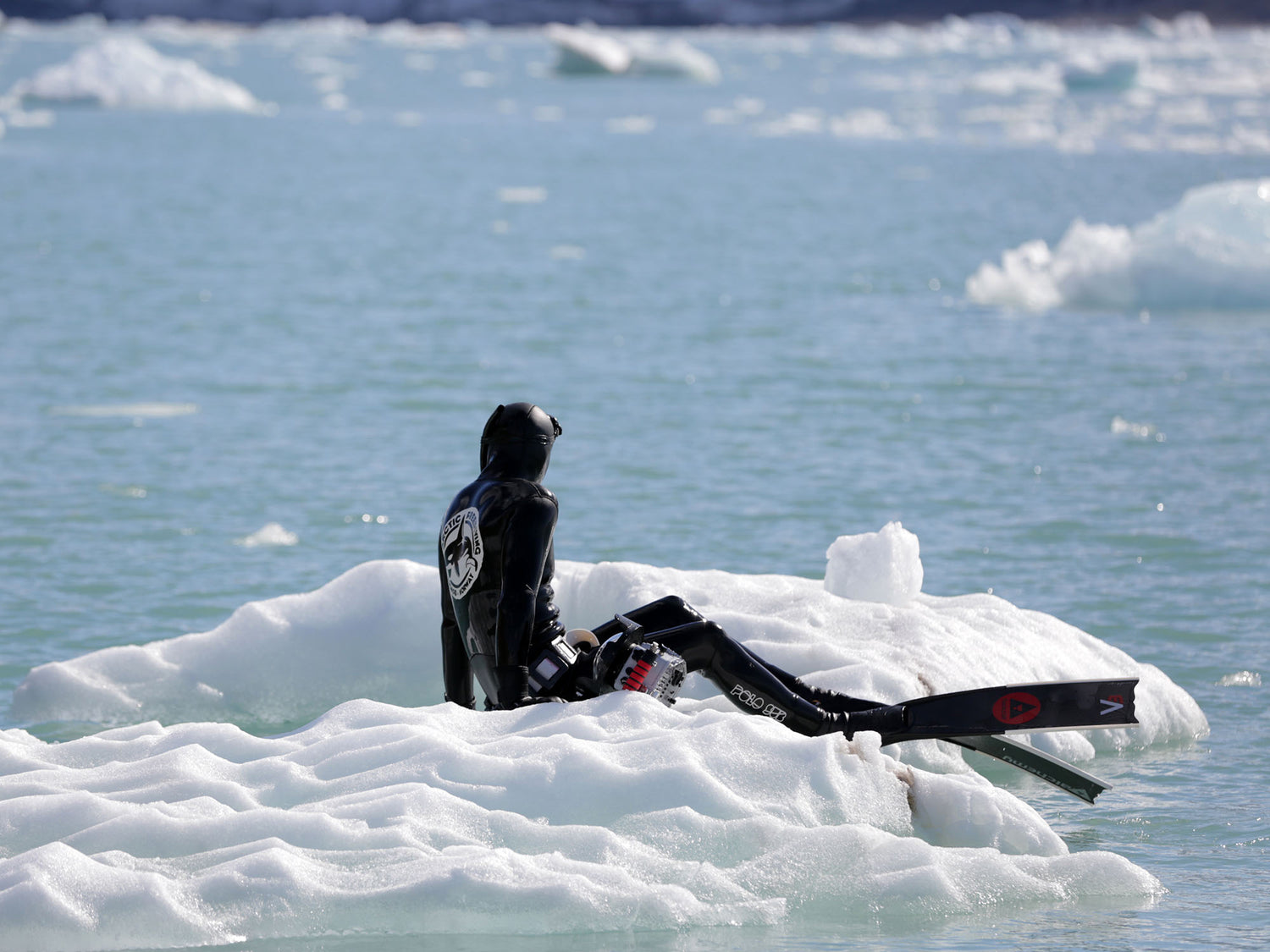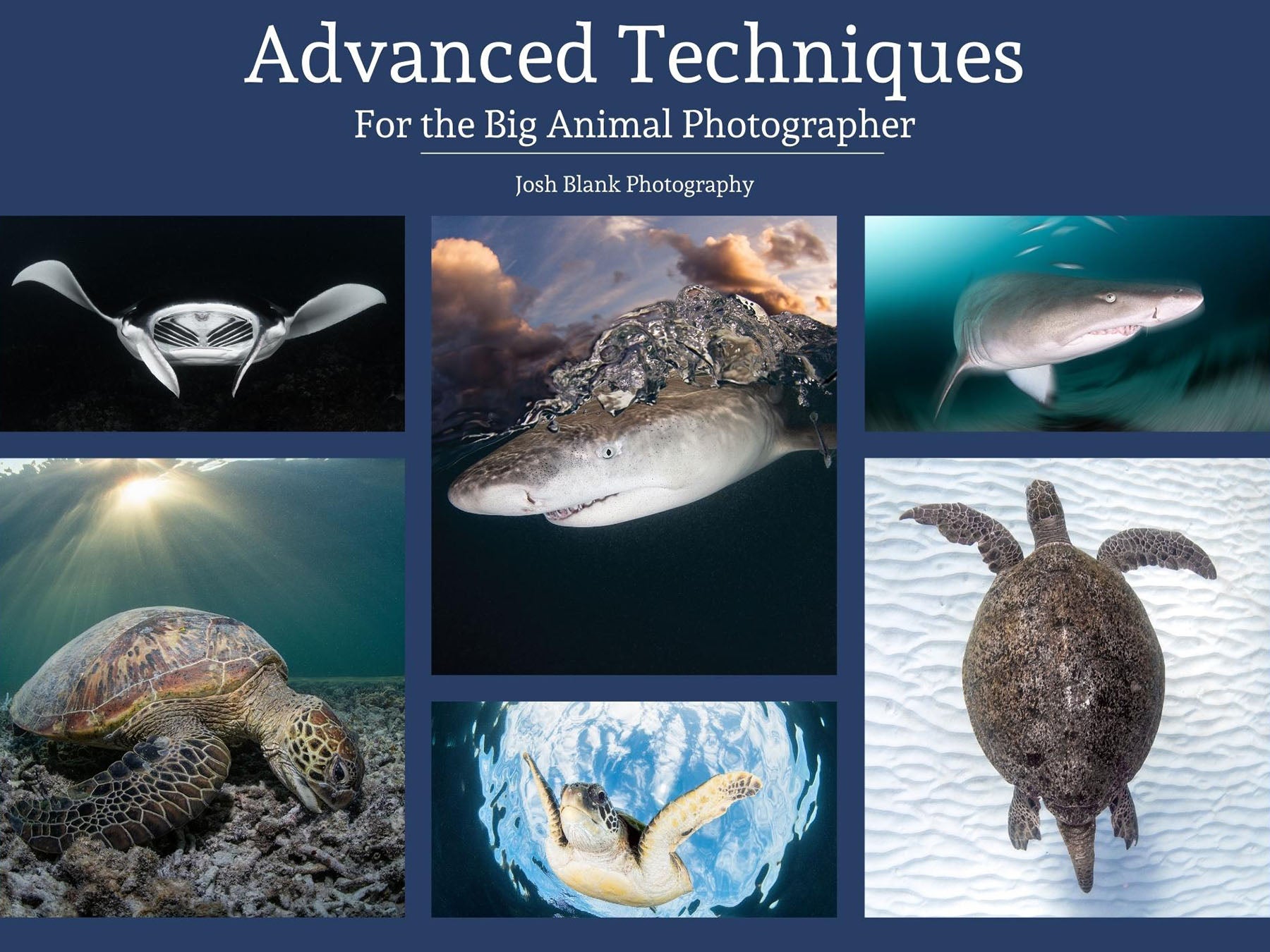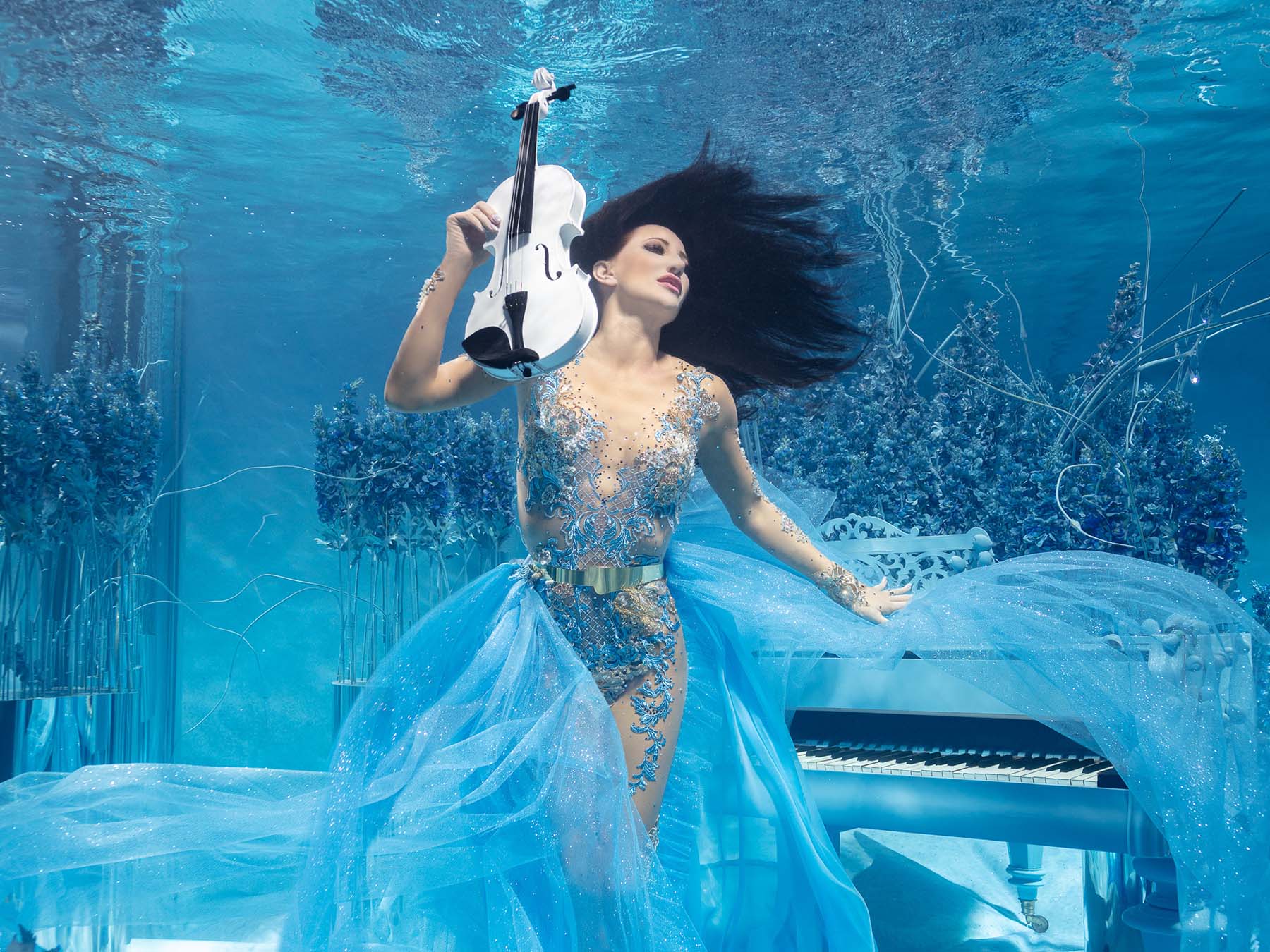By Jacques de Vos
As underwater photographers we expect a lot from the housings we use and for many the first thing which comes to mind is ‘how deep will it go?’
For others there are environmental factors outside of the water which plays a big part in choosing equipment and how it might perform. This includes extreme temperatures and potentially even how well it can withstand shock (have you ever clenched your teeth as you watched your housing bouncing around on a boat?).
With these things in mind, many people make their decision on which housing to purchase by placing a lot of emphasis on the materials used in its construction and instinct tells the average consumer that a metal (usually aluminum) housing is 'better.'
With the evolution of plastics and other composite materials, this is however a big misconception and for many buyers, they are investing unnecessarily large amounts of money in something like a machined aluminum housing (very expensive to manufacture), when something else which is a lot more affordable and lighter will work just as well.

Jacques de Vos is no stranger to diving in extreme temperatures, testing the durability and versatility of Ikelite housing materials. // Image © August Sandberg
"Ikelite housings use some of the best materials you could hope for . . . For me this has been proven time and time again based on over 15+ years of real world experience." - Jacques de Vos
Enter Ikelite Housings
Unlike several other brands, Ikelite uses lightweight (but not weak) materials to construct its housings and a basic Ikelite system would consist of:
• A housing front (or case) made of PC-ABS blend.
• The back and domes which are acrylic.
• Flat ports - glass.
• Extensions for different ports – made of acetal.
• A few other bits and pieces like the buttons which are stainless steel or type III anodized aluminum.

These materials are very resistant to extreme heat and cold and (apart from glass), also feature outstanding impact resistance (good for the camera inside!). // © Jacques de Vos
It's all good and well to say that Ikelite can hold its own in extreme conditions, but where is the proof you ask? Read on and I will gladly share my own experience in some pretty extreme environments.
Tough as Nails
Having my start in underwater photography in South Africa, we did not really have ‘extreme temperatures’ or conditions in the sense I got to know them later. As a matter of fact, the thought of something happening to my equipment due to excessive heat or cold never really crossed my mind.
I did however spend countless hours over many years bouncing around on inflatable boats in some pretty adverse sea states and have seen my Ikelite housings bounce around more times than I care to remember. Of course it helps to keep your dome covers on and try to prevent this from happening (camera in a cooler bag has always been my go to), although based on this initial experience, if there is one thing I never questioned it is the strength and durability of my Ikelite housings.
But then what about extreme temperatures?

Ikelite Ambassador Jacques de Vos sits upon an ice cap looking through his Ikelite Underwater Housing. // Image © August Sandberg
Too Hot?
Eventually I ended up living and working in Egypt (Sinai) where the dry desert heat can be debilitating and a summer day feels like you are moving around in front of the world’s largest hair-dryer!
When it came to diving with my camera gear, common sense told me that when not in the water, I just needed to keep the housing in the shade and the camera switched off (or in sleep mode). Even this was done more for the sake of the camera inside the housing and not so much the housing itself.
This does however highlight an important point – regardless of the brand or model of the equipment you use, exercising some common sense (don’t leave your housing in the sun!) will go a long way in ensuring that your equipment delivers many years of problem free service.
In just under 6 years of full-time use in extreme heat and bouncing around on the back of open Toyota pickups over rocky desert roads, I never once had an issue with an Ikelite housing failing (or melting!).
As a chemical engineer (once upon a time) and on the topic of heat, an interesting fact to mention here is that a melting point for several plastic types at an average of around 70°C (158°F) is considered relatively low!
Other plastic types have much higher melting points, some even reaching temperatures of over 200°C (392°F). This is the case with the case part of your Ikelite housing which is made of Polycarbonate/acrylonitrile butadiene styrene (PC-ABS) which has an average melting point in the 240°C (464 °F) range! Acrylic (the back of your housing and the dome) on the other hand will not melt until a temperature of 160 °C (320 °F).
So essentially you would have to be doing something pretty ridiculous (like leave it next to an open fire) to have the materials in your Ikelite housing fail due to excessive heat!

Ikelite housings have even been used to film inside of flashover simulators and did their ‘job’ (for the project) to protect the camera inside. // Image © Zachary Smith.
What About Cold?
Fast forward a few years and my journey took me to Northern Norway, to go diving far above the arctic circle in the winter. Having never dived in such cold conditions, for the first time ever I had some slight doubts about the reliability of my Ikelite housing given its non-metal construction.
For the most part Ikelite housings are made of a mix of acrylic, acetal, a PC-ABS blend and glass and most of these materials fall squarely in the camp of what people think of when they think 'plastic.' Like many I had the false insecurity that all plastic become brittle and breaks in the cold.
To put my mind at easy I of course reached out to Ikelite before the trip and was immediately reassured that cold would not be an issue. So how did it go?
Nine years later and I have used my Ikelite housing and equipment every winter in the Norwegian arctic on a daily basis for months on end, often leaving it in snow and on ice (it's everywhere!) and frequently exposing it to temperatures between 2 °C (35.6°F) and -18°C (-0.4°F). Not once has the cold ever caused a problem with my equipment and the only concern I have is that batteries tend to run out quicker in the cold!

Ready to take the ultimate cold plunge? Jacques de Vos hosts Arctic Freediving expeditions in Norway every year between November and February providing guests with the opportunity to dive with and photograph orcas and humpback whales. // Image © Jacques de Vos
As with the heat specs, all the materials used in Ikelite equipment has extreme low temperature tolerances which are well beyond the temperatures that humans can withstand. This means that there is not much chance of you damaging it in the cold alone.
Bottom Line
Forget what you think you know about non-metallic housings – Ikelite housings use some of the best materials you could hope for and perform incredibly well in even the harshest climates. For me this has been proven time and time again based on over 15+ years of real world experience.
Ambassador Jacques de Vos started out shooting photos and video underwater on his days off as an engineer in the oilfield services. After progressing through scuba instructor and commercial diver certifications, he took up free diving. Before long, Jacques gave up both engineering and compressed air to become a full time photographer, videographer, and free diving instructor. Completely self-taught, Jacques has won several prestigious international UW photography awards; his photography has been published worldwide in several books and publications, and he now also works as a camera operator on projects for companies like the BBC and Red Bull. Jacques now spends several months a year free diving with Orcas in Norway and travels the world the rest of the time. Read more...
Additional Reading
Freediving with Orcas in Norway
Inside a Dräger Flashover Simulator with an Ikelite Housing
Panasonic S5 Underwater in Santa Cruz de Tenerife [VIDEO]
Achieve a Perfectly Balanced Mirrorless or DSLR Housing [VIDEO]














